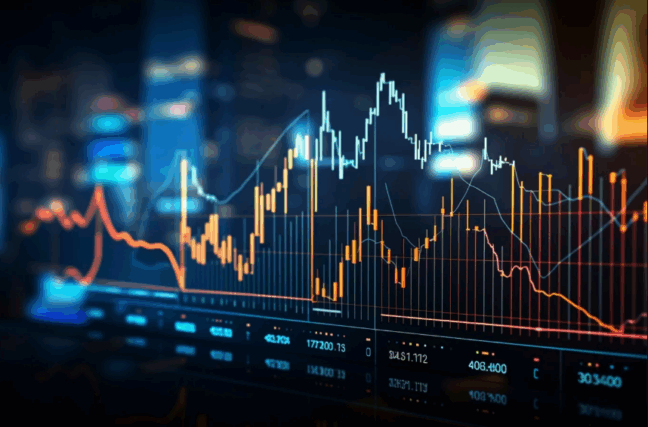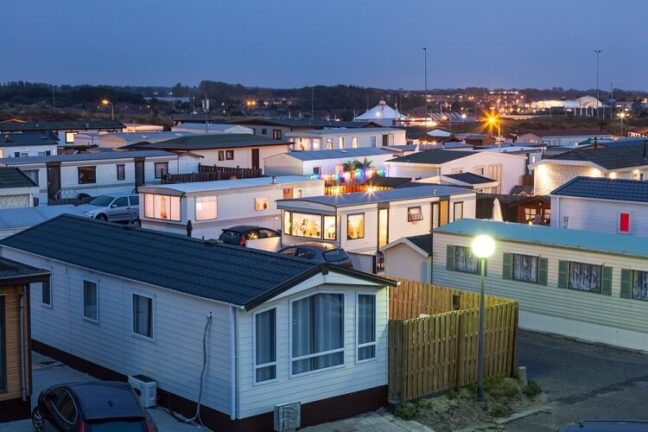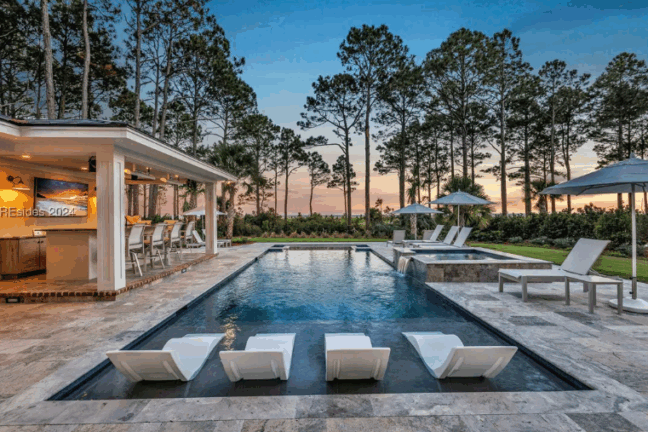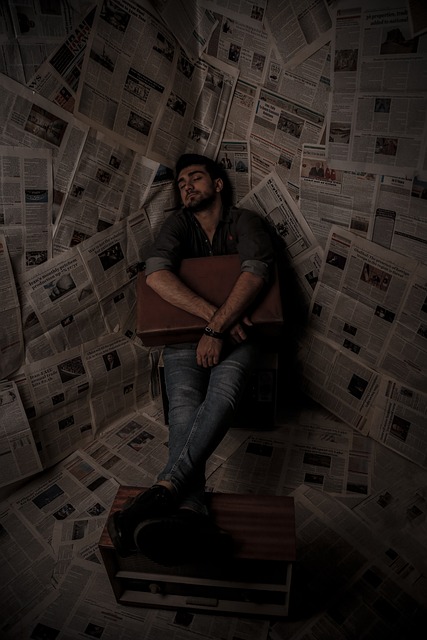As urban centers around the world become increasingly crowded, cities are facing an inescapable dilemma—how do we accommodate more people, more businesses, and more opportunities with less available land? The answer, increasingly, is not to build outwards, but upwards.
This concept of vertical living—the rise of skyscrapers, vertical neighborhoods, and mixed-use towers—is no longer futuristic fiction. From Tokyo’s Roppongi Hills to Saudi Arabia’s audacious project The Line, dense verticality is becoming the blueprint for the future of cities.
In the words of urban strategist Hirsh Mohindra, “Vertical expansion is not just a necessity—it’s the natural evolution of how we coexist with limited space in an increasingly populated world.”
The Evolution of the Skyscraper
The skyscraper, once an icon of wealth and power, has now become a pragmatic solution to urban overpopulation. Early 20th-century towers were symbols of ambition—epitomized by landmarks like the Chrysler Building or the Empire State Building. Today, high-rise buildings serve a more complex and integrated purpose. They are becoming vertical ecosystems, supporting living, working, leisure, and transportation needs within a single footprint.
A perfect example is Mori Tower, part of the Roppongi Hills development in Tokyo. This 54-story building is a marvel of modern urban design, seamlessly blending residential apartments, corporate offices, luxury retail, and cultural spaces like the Mori Art Museum. The tower demonstrates what is possible when vertical design considers both utility and human experience.
As Hirsh Mohindra puts it, “We are no longer designing towers—we are designing stacked neighborhoods. The future is not just tall, it’s intricately interconnected.”
The Line: A Radical Reinvention of the Urban Form
Perhaps no project represents the future of vertical living better than The Line, a 170-kilometer-long city under construction in Saudi Arabia, part of the NEOM megaproject. Designed to accommodate 9 million residents, The Line is structured as a narrow, mirrored skyscraper city, standing 500 meters tall but just 200 meters wide, extending like a blade through the desert.
The Line proposes a future where everything a person needs—schools, healthcare, green spaces, shops—is accessible within a five-minute walk. With zero cars, streets, or carbon emissions, it challenges almost every conventional principle of urban planning.
While some critics question its feasibility, others view it as a bold experiment in sustainable, high-density living. As Mohindra observes, “Ambitious ideas like The Line remind us that we must be willing to challenge every urban planning assumption if we’re serious about future-ready cities.”
Innovations in High-Rise Architecture and Technology
To make vertical living viable and appealing, architects and engineers are reimagining what tall buildings can be. Sustainability is a driving force. Today’s towers are incorporating:
• Green roofs and vertical forests, such as Milan’s Bosco Verticale.
• Smart energy systems, using wind and solar integration.
• AI-driven infrastructure that dynamically adapts to residents’ needs.
• Vertical farming, enabling buildings to feed their inhabitants.
These innovations are not merely aesthetic—they address real concerns about the environmental impact of dense urban centers.
“Modern architecture is no longer about concrete and steel alone,” says Hirsh Mohindra. “It’s about energy cycles, environmental footprints, and designing buildings that respond dynamically to their inhabitants and their surroundings.”
High-Density Living: Psychological and Social Realities
Despite its spatial efficiency, vertical living brings psychological and social challenges. Human beings are social creatures, and isolation is a well-documented side effect of living in high-rise buildings, especially when they’re designed without communal areas or natural light.
Crowding, lack of privacy, and disconnection from nature can all contribute to urban stress. However, studies show that these effects can be mitigated through thoughtful design—such as shared green terraces, sky gardens, co-working lounges, and community kitchens.
Hirsh Mohindra stresses, “Urban design must center around the emotional well-being of its people. A high-rise should not feel like a stack of boxes—it should feel like a vertical village, full of warmth, interaction, and shared identity.”
________________________________________
Reimagining Community in the Sky
One of the most promising shifts in high-rise design is the renewed focus on community-building. Instead of relying on ground-level parks or plazas alone, architects are incorporating elevated public spaces into their buildings: sky decks, vertical playgrounds, rooftop cinemas, and multi-level co-living floors.
Developments like Marina One in Singapore have shown how biophilic design—infusing buildings with greenery and open-air spaces—can create not only functional but deeply livable vertical environments.
Moreover, mixed-use towers now prioritize social infrastructure, integrating schools, clinics, gyms, and even urban farms within the building footprint. This holistic approach brings essential services to residents’ doorsteps—literally up the elevator shaft.
“Community in vertical living isn’t an afterthought—it must be designed into the blueprint,” notes Hirsh Mohindra. “When you layer services and shared spaces into every level, you allow human connection to thrive vertically, not just horizontally.”
Economic and Environmental Implications
Vertical living also brings clear economic benefits. It reduces infrastructure costs by concentrating utilities and transportation systems. It also lessens reliance on cars, which helps curb emissions.
Environmental planners point out that urban sprawl—expanding cities outward—leads to deforestation, biodiversity loss, and longer commutes. Compact, vertical cities offer a lower ecological footprint, particularly when combined with green technologies.
Still, there are concerns: who gets to live in these skyscrapers? Will vertical cities become exclusive enclaves for the wealthy, or will they include affordable housing options?
As Mohindra wisely puts it, “The future city must not only be vertical—it must be equitable. Density should never come at the cost of diversity.”
Looking Ahead: Building Up for Future Generations
As the planet urbanizes—with over 68% of the global population projected to live in cities by 2050—vertical living is no longer optional. It’s an inevitable evolution.
The task now is to ensure that this evolution benefits all people, across all demographics, while respecting the planet we share. This requires innovative policies, equitable zoning, inclusive design, and global cooperation.
“We’re living in a pivotal moment,” concludes Hirsh Mohindra. “The vertical city is no longer a vision—it’s a reality. What remains to be seen is whether we build it with empathy, intelligence, and long-term thinking.”
Final Thoughts
From Tokyo’s skyline to Saudi Arabia’s desert, vertical living is reshaping how we design and experience cities. It offers tremendous potential, but also demands responsibility. Architects, urban planners, governments, and citizens must work together to build skyward not just for space—but for sustainability, community, and a livable urban future.
And as we build upward, let’s ensure we’re not leaving anyone—or anything—behind.









